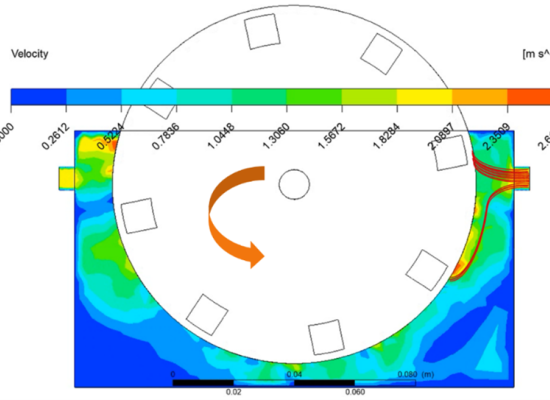Computational study of separation of magnetic nanoparticles from fluids in biomedical and environmental applications
Nikolaos Maniotis
University of Thessaly, Volos, Greece
Wednesday 22/2/2023, Time: 11:15
Hybrid Seminar: Room A1, MS Teams
Live Streaming: DIAVLOS, YouTube
The process of migration of magnetic nanoparticles and colloids in solution under the influence of magnetic field gradients is an essential step in separation technology used in various biomedical applications. In addition, several environmental applications of magnetic nanoparticles have already been implemented on a large scale, such aswastewater treatment and pollutant removal. In some of these applications, magnetic nanoparticles are added to circulating water to purify it from toxic substances such as hexavalent chromium. The first objective of this lecture is to approach the artificial removal of magnetic nanoparticles from the blood circulation under the influence of an external magnetic field, through a mathematical model corresponding to the model of targeted drug delivery and to determine the conditions under which their separation becomes possible. The second objective is to study the removal of magnetic nanoparticles
from drinking water with the further development of a pilot device. This consists of a rotating disc on which rectangular NdFeB permanent magnets
are hosted in a Halbach arrangement (Figure). In both cases presented, the study is done computationally in two and three dimensions by numerically solving
the differential equations and simulating the trajectories of the particles, for different combinations of values of the parameters that affect the movement, estimating
each time the percentage of the particles that are being removed by the magnetic field, with the aim of identifying the optimal conditions for their complete elimination.










